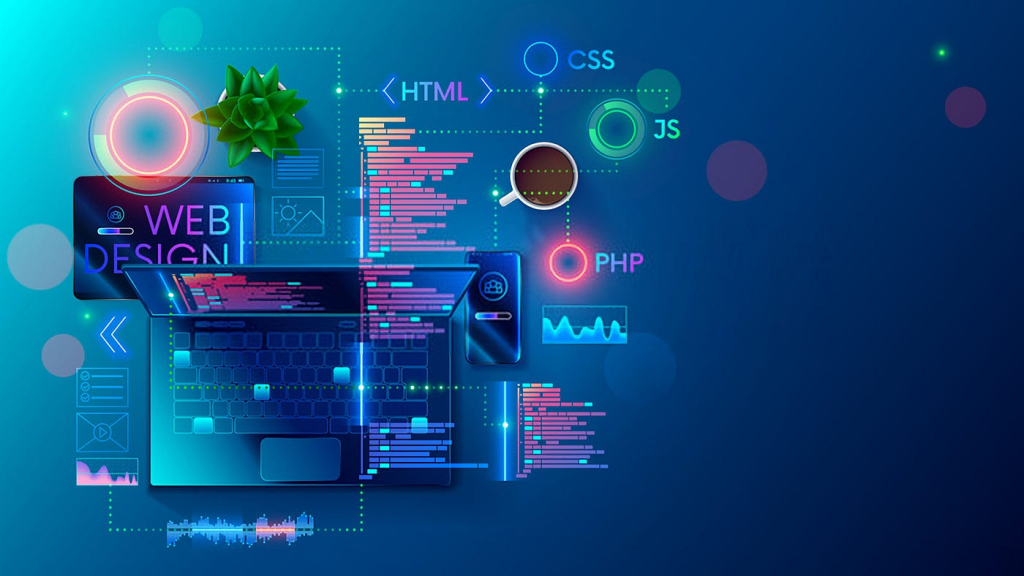In the powerful kingdom of internet style, styles evolve fast, showing improvements in technology, shifts in person expectations, and innovative innovations. One predominant trend is the departure from the once-dominant flat design towards more delicate, multidimensional aesthetics. Sites are now enjoying degree through shadows, gradients, and layers, producing creatively interesting experiences that captivate users. This evolution aligns with the broader force towards more immersive internet interfaces, leveraging breakthroughs like augmented fact (AR) to supply customers with fun and interesting experiences.
The increase of dark function has been yet another influential tendency, both in terms of aesthetics and functionality. Black function not only provides the modern choice for smooth, successfully fascinating designs but in addition addresses issues linked to vision stress, particularly all through extensive intervals of screen use. This development exhibits the junction of visible charm and user-centric style concepts, focusing the significance of producing sites that prioritize person well-being.
Typography, a simple element of design, has observed a resurrection with the ownership of serif fonts. Manufacturers are discovering the expressive potential of serif typefaces, breaking from the sterile look of sans-serif fonts. This shift inserts personality into internet style, fostering a sense of uniqueness and identity for every single website. Also, the increased use of active and variable fonts enables more innovative freedom, permitting manufacturers to test out typographic components that adjust to different screen dimensions and answers seamlessly.
In the region of design, the use of original illustrations has changed into a remarkable tendency, injecting playfulness and elegance into web design. Cases are used not only for cosmetic applications but and also to share complex information in a creatively digestible manner. This development aligns with the broader action towards user-friendly interfaces, wherever visible storytelling and user-friendly style subscribe to a more fun and unforgettable individual experience.
Minimalist maximalism is a style viewpoint that harmonizes simplicity with rich aesthetic elements. While adopting the clear lines and clean layouts of minimalism, that development incorporates strong colors, impressive imagery, and delicate facts to produce a harmony that captivates and maintains the user’s attention. The effect is a creatively impactful and memorable site that seamlessly combines ease and complexity.
Web accessibility has truly taken center stage as a crucial development, emphasizing the significance of planning sites that are inclusive and user-friendly for people with diverse abilities. This trend extends beyond compliance with supply criteria to foster an authentic responsibility to making electronic experiences that can be used and loved by everyone.
In the realm of movement style, scroll-triggered animations have become a well known approach for making vibrant and engaging individual journeys. These animations react to individual communications, giving a feeling of continuity and storytelling as customers understand through the website. This development provides an extra coating of interactivity, improving the overall consumer knowledge and making websites feel more vibrant and responsive.
Open design has changed further with a mobile-first approach. As portable utilization continues to take control, web developers are prioritizing the growth of websites enhanced for smaller screens. This approach guarantees that customers on mobile devices have a webdesign trends 2024 and satisfying knowledge, focusing the importance of designing with the constraints and options of cellular tools in your mind from the outset.

In conclusion, the landscape of internet style is a dynamic tapestry of styles that reveal the changing wants and choices of users. From dimensional appearance and immersive experiences to inclusive style and responsive mobile-first approaches, these tendencies collectively shape the electronic activities that establish our on the web interactions. Developers moving that ever-changing landscape should reach a stability between enjoying progressive trends and prioritizing user-centric design concepts to generate sites that are not only successfully appealing but additionally functional and available to a varied audience.
